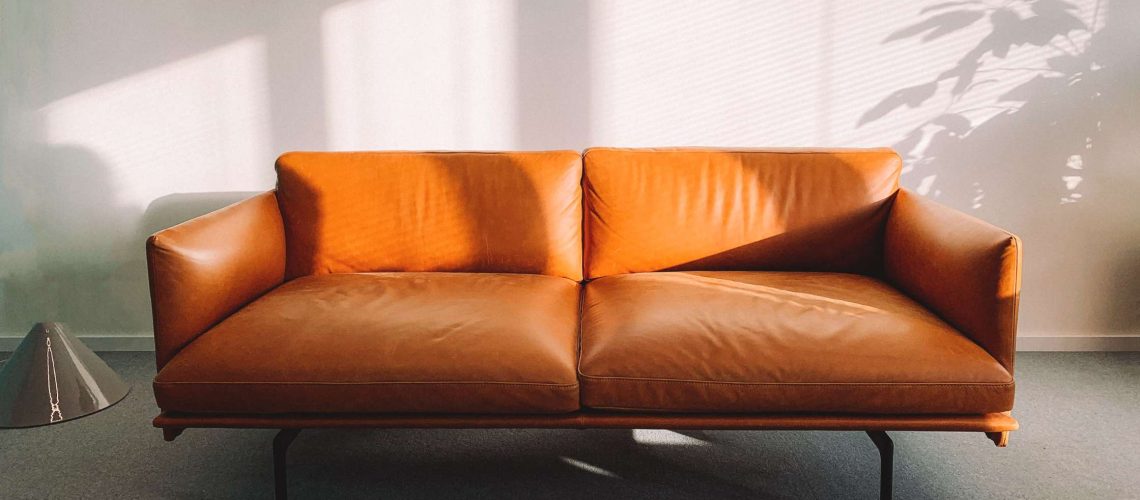When it comes to maintaining your leather furniture, choosing the right oil is critical. You might wonder why some oils enhance leather’s flexibility while others could speed up its deterioration. Understanding the distinct purposes of oils like mink, neatsfoot, or Lexol can make a significant difference in keeping your furniture both beautiful and durable.
So, how do you navigate these options to ensure your prized leather remains in impeccable condition? Let’s explore the unique benefits and potential pitfalls of each oil type, helping you make informed choices for your leather care routine.
Understanding Leather Oils
When it comes to keeping your leather furniture in top shape, understanding the different types of leather oils is key to effective maintenance and long-lasting durability.
Leather oil benefits include moisturizing and conditioning the fibers, which helps prevent cracking and extends the furniture’s lifespan.
The oil absorption techniques you choose are vital. They ensure the oil penetrates deeply, maintaining flexibility and softness.
Consider oil viscosity effects; thicker oils may slow absorption but offer more protection, while lighter oils absorb quickly, ideal for delicate leather.
The leather aging process can be slowed significantly with regular oiling, reducing signs of wear.
Be mindful of the environmental impact; opt for eco-friendly oils to responsibly care for both your leather and the planet.
Types of Leather Oils
You’ll find that choosing the right type of leather oil can make all the difference in maintaining the beauty and durability of your furniture.
Mink Oil, rich in unsaturated fatty acids, enhances flexibility and is ideal for softening heavy leather.
Neatsfoot Oil, derived from cattle bones, is well-conditioned but might cause faster decomposition, so use it cautiously.
Faux leather doesn’t require conditioning oils, as they may damage its synthetic surface.
Understanding these differences ensures your leather remains supple and protected, extending its life and maintaining its appearance without compromising the material’s integrity.
Applying Leather Oils
To effectively apply leather oils, start by cleaning the leather surface with a gentle cleaner to remove dirt and grime. This step ensures better oil absorption.
Use even, circular motions when applying the oil; this technique distributes the product evenly. Compare different oils to find one that suits your furniture’s needs. Some oils may require less frequent application due to their long-lasting effects.
Be mindful of the application frequency to avoid oversaturating the leather. Allow adequate drying time after each application, typically 24 hours, to ensure the oil fully penetrates the leather fibers.
Check your furniture regularly for signs of drying to adjust your maintenance routine. Properly applied leather oil can keep your furniture looking vibrant and supple.
Oils to Avoid
When caring for leather, avoid oils like baby oil and Vaseline, as they can cause long-term damage.
Baby oil risks arise because it’s too thin and lacks the necessary fatty content to nourish leather properly, resulting in dryness.
Vaseline damage occurs due to its petroleum base, which breaks down leather fibers and hinders future conditioning.
Additionally, you should avoid coconut oil, as its poor absorption leaves a slick residue.
Olive oil might seem like a natural choice, but it often results in tackiness, making surfaces sticky.
Finally, vegetable oil deterioration is a concern because it can oxidize, leading to leather degradation.
Opt for leather-specific products to ensure your furniture remains in excellent condition.
Maintenance Tips
Regularly condition your leather furniture with appropriate oils to keep it supple and extend its lifespan. Leather care is essential for maintaining its beauty and durability.
Ensure proper oil absorption by applying a thin, even layer and allowing it to penetrate fully. This process enhances moisture retention and aids in damage prevention.
A consistent conditioning frequency is crucial—every 3-6 months for frequently used pieces. Less frequent use may only require conditioning every 6-12 months.
Always choose oils suited to your leather type to prevent oversaturation or under-conditioning. By following these tips, you’ll maintain the natural luster and flexibility of your leather furniture, ensuring it remains a timeless addition to your home.
Trust Leather Medic to Revitalize Your Leather Furniture
With over 30 years of experience, Leather Medic, a family-owned and operated company, is the trusted specialist in repairing and refinishing leather and vinyl. They’ve got the right oil to keep your leather’s story alive and avoid those that hasten its demise.
Regular maintenance is like turning the pages, ensuring its beauty unfolds smoothly over time. With Leather Medic, avoid common pitfalls, and your leather will remain a masterpiece, reflecting elegance and grace, chapter after chapter.
Their expertise, dedication, and superior customer service make them the perfect choice for all your leather furniture needs.

